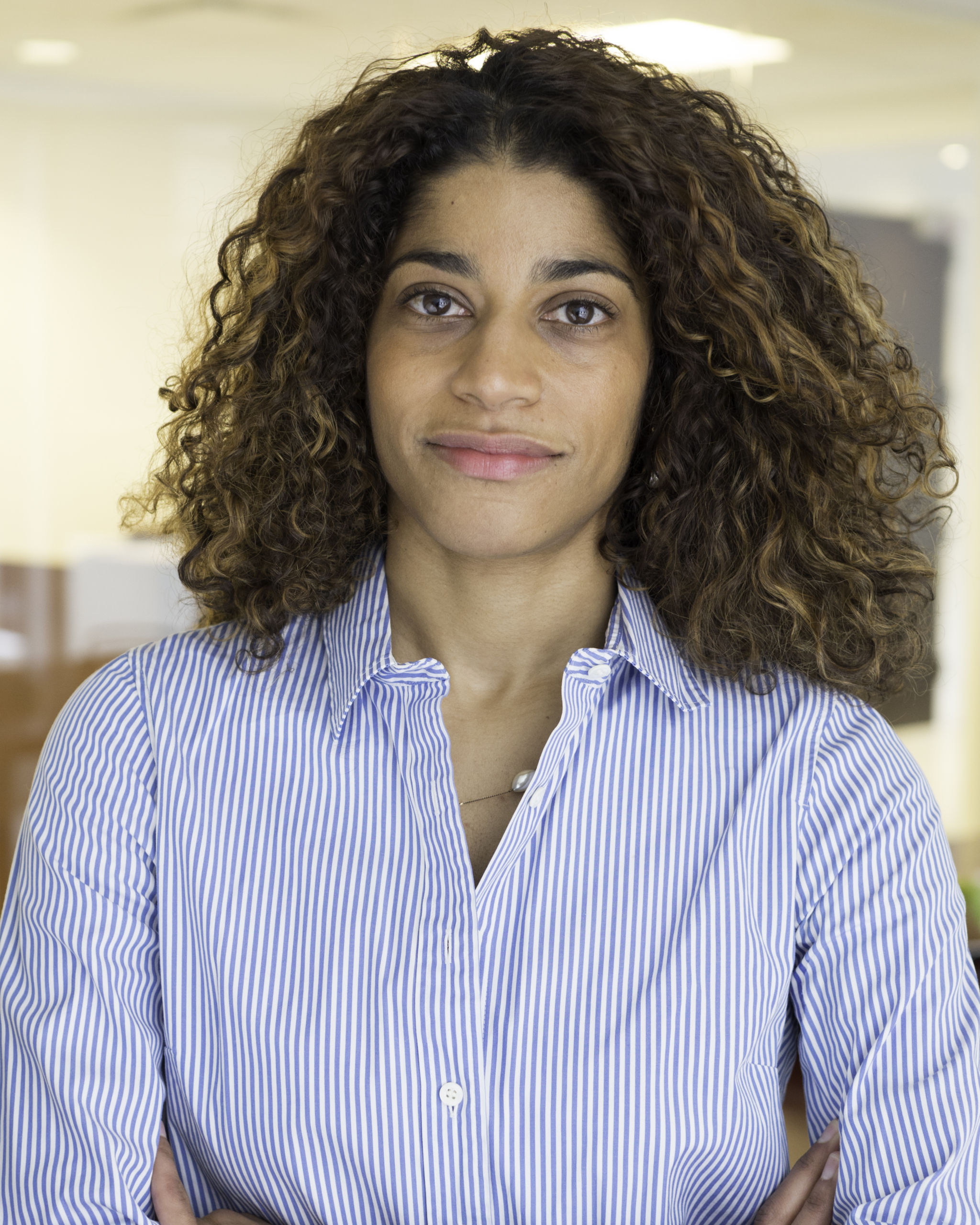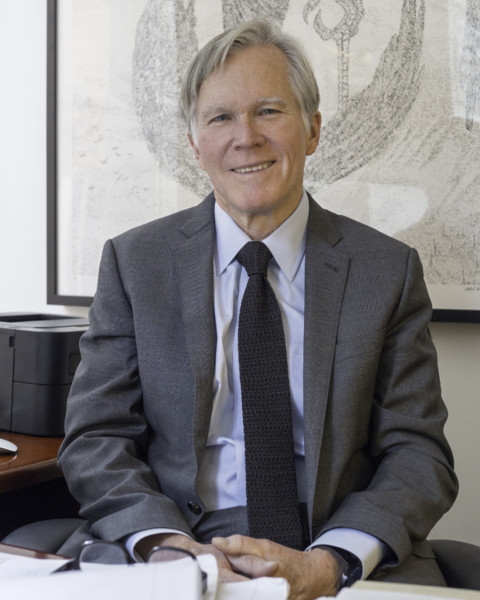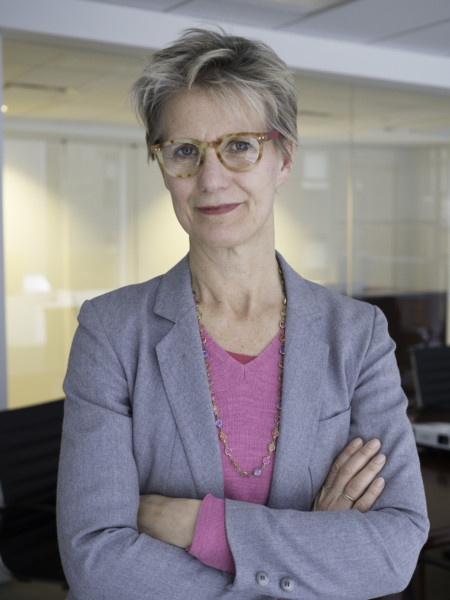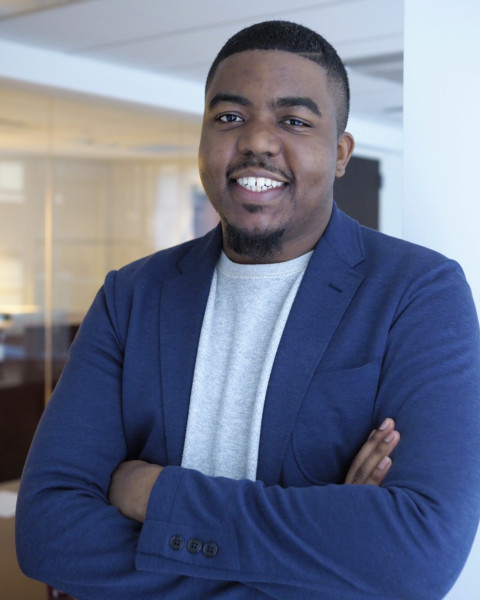Sign up for the daily CJR newsletter.
While many media organizations are nominally committed to increasing diversity on staff, it’s still unusual for any outlet to be detailed and transparent about those challenges—especially a small, digital-only one.
Earlier this month, The Marshall Project released its first annual diversity report. Because the nonprofit covers criminal justice, its leadership felt especially strong about ethnic diversity of both the staff and board members: “We regard diversity as integral to our overall responsibility, which is to produce the best possible journalism about the US criminal justice system, with its disproportionate impacts on communities of color,” says the report.
ICYMI: The Wall Street Journal unleashes a bombshell report
“The point of the report is to say, there’s more we could do and we know that,” President Carroll Bogert tells CJR. “We’re proposing to make this an ongoing examination and a central part of who we are.”
A staff survey in November 2017 showed that 12 of The Marshall Project’s 29 employees identify as black, Asian, Latino, or two or more races. That number includes nine of 21, or 43 percent, of its editorial staff. Women make up 55 percent of The Marshall Project’s full staff and 48 percent of its newsroom, including its president and managing editor.
The Marshall Project’s stats are much higher than the industry average; ASNE’s latest diversity report published in October 2017 found minorities comprised only 24.3 percent of staff across 63 online-only, mostly small and local news organizations. By comparison, minorities make up 30 percent of Vox Media’s staff and 24.6 percent of the staff at NPR, according to each organization’s most recent diversity reports. (Both Vox and NPR’s data were not part of ASNE’s diversity report.)
ICYMI: Diversity in newsrooms has been bad for decades and it probably won’t get better: study
The Marshall Project Editor in Chief Bill Keller thinks his organization could have been quicker in pursuing editors and reporters who are people of color since its inception in 2014. But before they could turn to diversity, they first had to establish their initial staff, funding, and public reputation. “When we were starting out we didn’t have an infrastructure,” Keller, who was previously executive editor of The New York Times, tells CJR. “Like, we had no HR department.”
“Diversity was in my mind whenever we had an opening to fill, but we weren’t organized to take advantage of the resources out there,” he says, but unlike at the Times, “We weren’t really plugged into networks like NABJ.”
ICYMI: Bill Keller-led Marshall Project gives readers a ‘sneak preview’
The work of producing The Marshall Project’s diversity report, which began September 2016, is only one part of a multi-faceted, resource-intensive, and long-term initiative on how the organization plans on tackling the issue, as well as a possible model for other organizations. This includes attending NABJ and NAHJ’s annual conferences, conducting reporting workshops, offering paid internships, creating two new one-year fellowships, collaborating with the Chips Quinn Scholars for Diversity in Journalism and Knight CUNYJ programs, as well as visiting historically black colleges and universities.
Staff writer Simone Weichselbaum says after Managing Editor Kirsten Danis joined the team in July 2015, the timing was right to start an organized effort to reach out to NABJ and NAHJ. But because the newsroom is smaller, some Marshall Project staff are taking on responsibilities that would be full time elsewhere.
Beyond co-authoring the report, Weichselbaum’s additional role as diversity chair involves a lot of planning and work on top of her staff writing job. Weichselbaum has fewer bylines and editorial projects in progress because half of her time is now spent organizing budgets, logistics, and even gear for conventions and college campus visits. “We need staff to do that,” she says. “We need to organize travel. It means thinking about swag. Even designing T-shirts or designing logos for a tote bag—that actually takes a lot of work. It’s a marketing campaign as well as reaching out to talent.”
This is on top of remembering and tracking down many of the people she meets for panels or new positions, continuing to research industry best practices, as well as being a regular liaison with management about her findings.
ICYMI: Marshall Project stakes out high ground on journalism’s slippery slope
Even though the organization was awarded a Pulitzer Prize for its joint reporting with ProPublica in 2016, and criminal justice disproportionately affects African and Latino Americans, the diversity report acknowledges The Marshall Project’s size, focus, and young age are major challenges in its recruitment efforts. “We are small, relatively new, and focused on a single subject, making us less attractive to some candidates,” it reads. “Additionally, the talent pool for investigative reporting, our specialty, is discouragingly white.”
Bogert says after the report was released, she did hear about many investigative journalists of color in the industry. “But if you go to conferences of investigative journalists, and you look around, what you see is discouragingly white.”
Weichselbaum, who has also worked at the Philadelphia Daily News and New York Daily News, says in her experience, it was unusual for even white women to be given spots on investigative teams, many of which were hit hard during layoffs due to the financial crisis. “Landing on an i-team is most ambitious journalists’ dream,” she says. “Once you had newspapers dissolve in the advent of the web, that track, which was never friendly to African-Americans or Latinos, also went away.”
Weichselbaum’s work also aims to help incubate more people of color who specialize in investigative reporting for long-term careers, and the increases in diversity go far beyond her newsroom. “I hope we get more fellows,” she says. “I hope we start attracting more young reporters as we grow and they can graduate from The Marshall Project and go on to i-teams at papers that perhaps a couple years ago wouldn’t even look at them to hire.”
One aspect of the organization’s diversity efforts not mentioned in the report is its philosophy of hiring people who have been incarcerated or involved with the criminal justice system in other ways. “We would make an extra effort to bring people like that into The Marshall Project,” Bogert says, noting four contributing writers are currently in prison. “There are people are on our staff [whose] families have been involved in the criminal justice system. But we also don’t want to ask people [whether they’ve been incarcerated] when they apply because, as you may know, there’s a big movement, Ban the Box. But in fact we’re very open to that kind of applicant.”
ICYMI: What I learned about journalism after 27 years in prison
Journalist Joe Watson, who served more than 10 years in Arizona state prisons and was released six months ago, hopes The Marshall Project can do more than publish first-person essays from those who work or live in the criminal justice system. “Until [they] give a full-time staff position to someone who was directly impacted, someone who was formerly incarcerated, someone who has a criminal record,” he says, “then in my opinion, it will, in a way, be exploitative of the very people that it reports on. And it will continue to perpetuate the stigma that as a former convict, formerly incarcerated, system-involved, whatever you want to call it, [you] lack credibility when reporting on matters of criminal justice.”
Commentary Editor Donovan X. Ramsey believes initiatives like The Marshall Project’s diversity report and its diversity committee are not only important for hiring, they’re also integral to its core mission for inclusive coverage and long-term success. “The stories that we seek to tell about the criminal justice system and the perspectives we want to highlight, that has to be done with a multitude of lenses,” he says. “I hope it’s something other organizations can also take up, because I think the real thing that keeps the big talk about diversity from ever resulting in action is the extent to which organizations understand their survival depends on their ability to reflect the world that exists around us.”
Has America ever needed a media defender more than now? Help us by joining CJR today.










